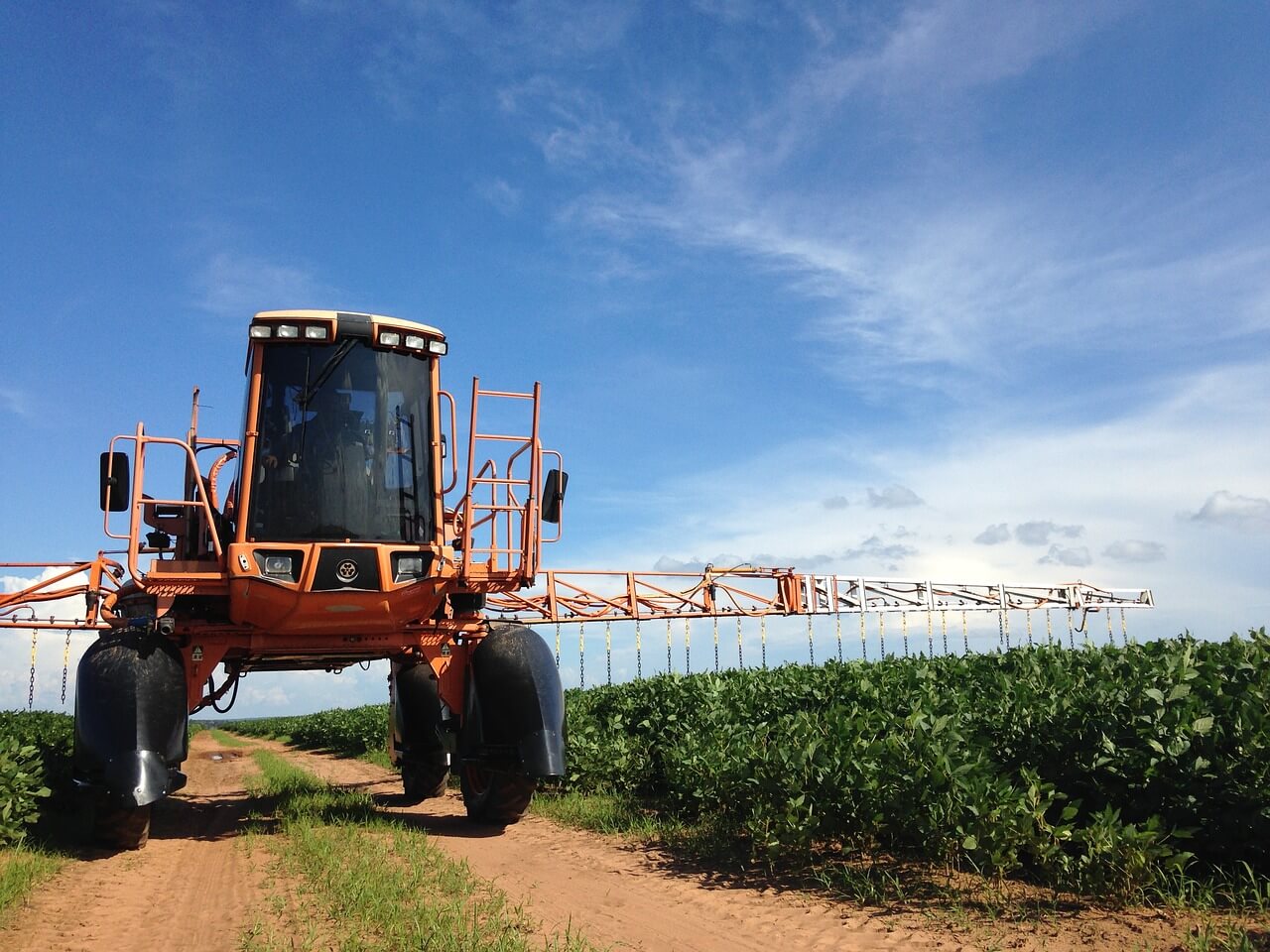Nicotine Removal From Wastewater
Arvia’s next-gen Rosalox technology is ideal for removing nicotine and other recalcitrant compounds from wastewater – often down to concentrations of parts per trillion.
Arvia’s next-gen Rosalox technology is ideal for removing nicotine and other recalcitrant compounds from wastewater – often down to concentrations of parts per trillion.
Nicotine removal from water is straightforward and inexpensive using our Nyex Rosalox water treatment system. The Nicotine is first adsorbed onto our Nyex Media and then reduced to water and gas (vented away) using a small electric current, which passes through the Nyex Media and Nicotine. This means the energy consumption is optimised and the operating costs are minimal.
Our Nyex Rosalox system easily reduced 33mg/L Nicotine to trace levels, saving our client large incineration costs.
 How it works
How it works
The tobacco industry has had to reinvent itself in recent years, producing a range of nicotine replacement therapy products like nicotine gum, patches, lozenges and snus as well as IQOS and vaping products.
These new products have different manufacturing processes to traditional tobacco manufacturing. Indeed most of the new products are produced by pharmaceutical and specialty chemical companies.
As with most production processes, water is used in the of the production of the nicotine replacement therapy products. As a result, the wastewater contains nicotine, which needs to be removed for compliant discharge to sewer.
A common solution to nicotine removal from water has been incineration, which is extremely expensive not just financially, but also to the environment. But now there is a much more cost effective and ecofriendly solution, Nyex.
The Nyex process can remove nicotine to a very low concentration. It offers no sludge production, small footprint and a scalable design that can accommodate any flow rate.
Nicotine is adsorbed onto the media and then completely mineralised. This leaves the media regenerated and ready for further adsorption without interruption or incineration.
Nicotine occurs naturally in the nightshade family of plants – these include tomatoes and of course tobacco – hence the ‘polarisation’ of opinions and studies we have seen when attempting to research this article.
Whilst some studies show nicotine is biodegradable, other scientists contend that the harm it does to the environment in a variety of ways, means that its presence in water should be far more closely controlled.
If you already know this and wish to know how to get rid of it in a cost-effective way, click here to zoom down the page.
Here are a few scenarios where nicotine ends up in water and what can be done about it.

The manufacture of tobacco products and e-cigarettes as well as a panoply of smoking cessation productions like patches and gum will lead to traces of nicotine and other harmful chemicals and heavy metals in wastewater.
In many cases, the levels of these pollutants are not regulated, leading to high concentrations in rivers and watercourses.
Even a small amount of nicotine in water can be dangerous although what that concentration is varies widely according to the source.
Discarded cigarette butts ‘contain a mixture of over 7,000 toxic substances, notably bio accumulative heavy metals, polycyclic aromatic compounds, ethyl phenol, and nicotine’ according to pressure group Unfair Tobacco. Of surprise to many is that cigarette filters are not readily biodegradable.
What is self-evident is that every year, trillions of cigarette butts are discarded everywhere into the environment, many ending up in watercourses. Every butt has an element of tobacco residue.
Both cardboard cigarette packaging and containers for vape liquid offer potential for additional pollution due to being considered (literally) ‘throwaway’ items.
Again, there’s potential for nicotine to pollute watercourses and marine environments.
There’s a lack of regulation regarding the disposal of e-cigarettes which will eventually have to be addressed worldwide. US-based waste industry software company PegEx says: ‘Proper disposal of an e-cigarette requires removing the filler material, rinsing it under running water until all nicotine residues are removed, and then wrapping it in a scrap of biodegradable material. The cartridge itself should be similarly rinsed and then sealed with its original plug.’
But therein lies the flaw, as they infer there is no issue with flushing nicotine away to the sewer!

This article details our thoughts about the use of neonicotinoid-based products in agriculture. This is an issue that isn’t going away, according to the BBC – in the UK at least.
Although banned by the EU for some years after some pretty robust scientific evidence, pesticides containing nicotine – neonicotinoids – are still in use in some territories and have been shown in studies to do harm to aquatic life and wildlife, especially bees.
In 2022, the UK government has again agreed to allow the use of one product – thiamethoxam – to be used to combat yellows virus in sugar beet crops, much to the dismay of environmental campaigners.
Most tobacco is now grown in developing countries. In some areas, systems of monitoring and control for agriculture may not be as well-regulated as they are in Europe or the US.
Therefore, there are two issues with tobacco-growing:
Run-off from conventional pesticides, herbicides and fertilisers. Growers are often subsistence farmers buying their supplies from the company that will eventually buy back their crop leading to potential exploitation with the environment hardly considered
After harvesting, a proportion of the crop stays on the land as slash, causing pollution from the nicotine, especially if (as many growing areas are prone to) the land can flood after the growing season.
For many years, activated carbon has been the ‘go to’ technology for nicotine removal from water. The nicotine is adsorbed well by the GAC and for some companies and some process, activated carbon is still relevant.
However as we detail here, activated carbon is not necessarily the best way to remove many recalcitrant compounds, due to its high environmental costs and the negative impact on a company’s carbon footprint.
Add to that the fact that activated carbon needs regular replenishment, meaning that treatments may need to be taken off-line from time to time.
Considerably more flexible, equally as effective and certainly more environmentally friendly is Arvia’s Rosalox™ family of treatment systems.
Utilising our patented, self-regenerating Nyex™ media, a Rosalox™ system is a unique combination of adsorption and electro-chemistry.
Needing only a 2-3% media top-up every year, this easy-to-use system requires no additional chemical dosing and generates no toxic sludge.
Suitable for placement at any stage of a water treatment train, our compact units can be retro-fitted almost anywhere – including in all types of manufacturing plants to remove pollutants at source, and in utilities – to treat groundwater.
They can even be sited remotely, as once running, they require minimal operator intervention.

Irais Baizabal
Wastewater Consultant
For an in-depth conversation about water treatment why not set up a meeting or conference call?
We are the water experts and understand that every manufacturing or utility system is different and therefore every solution we propose will be unique to your organisations’ requirements. We’ll be more than happy to work with you to specify the most effective treatment system for the issues you have.
So please call or email today for an initial conversation with a water treatment engineer